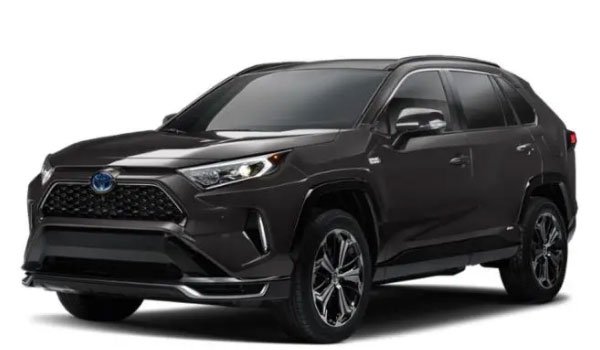

Chargers come in different levels, and with different capabilities (i.e.
#Plug in hybrid cars 2021 drivers
Now, a third type of hybrid automobile has emerged, called the plug-in hybrid electric vehicle (or PHEV), which allows drivers to also charge the battery pack using an external EV charger.ĭepending on which EV chargers drivers have in their homes, this can massively reduce fuel costs. Some hybrids charge their batteries using excess energy created as the car decelerates-called “regenerative braking”-while others charge them with their combustion engines. Still others do both at different points! "Series” types like those used in Toyota models alternate between combustion engine and electric motor. Some hybrids, like Kia models, are powered by “parallel” systems: their combustion engines and electric motors engage simultaneously. It doesn’t help that the mechanics work differently from make to make. But because hybrids effectively have twice as many components as standard ICE cars, the view under the hood is far more complicated. It’s easy to imagine this as a step towards the beautiful simplicity of a fully-electric vehicle, and in many ways it is. The small battery powers everything a gas car uses it for: lights, stereo, gadgets, etc. The large battery pack powers the electric car motor that helps turn the car’s wheels. A hybrid automobile has a large battery pack-somewhere between 1 and 9kWh-and a standard 12V battery like you’d find in any ICE car.

The hybrid vehicle gets its name from its split, or hybridized, power source: the combination of an internal combustion engine (ICE) and an electric car motor. When trying to choose between all-electric or hybrid cars, it’s important to start with the mechanics. hybrid vehicles from cost and maintenance to range and pure driving pleasure. With so many new hybrids and EVs on the market, how can you tell which is the way to go? Read on to learn about the differences between EV vs. Since then, a slew of EVs have hit the market from more than a dozen automakers, driving costs down and popularizing the idea of an all-electric automotive future. It would be eight more years before Tesla released their $98,000 Roadster, the first mass-produced electric vehicle (EV) that was highway legal. But it was still bound by a reliance on fossil fuels. It boasted fuel efficiency that had previously been out-of-reach for a sedan-45 combined miles per gallon. Their offering: the Prius, the world’s first commercially available hybrid car.

In 2000, amidst rising gas prices, concerns about carbon emissions from burning petroleum, and rapid improvements in the cost and size of batteries, Toyota turned the consumer vehicle industry on its head. How we got here: From internal combustion to electrification


 0 kommentar(er)
0 kommentar(er)
